Harry Farr: The story of a young soldier who looked his comrades in the eye as they shot him for cowardice
For decades his family kept quiet about his death because of the shame over his conviction for misbehaving before the enemy – but then after a fight to clear his name his pardon came
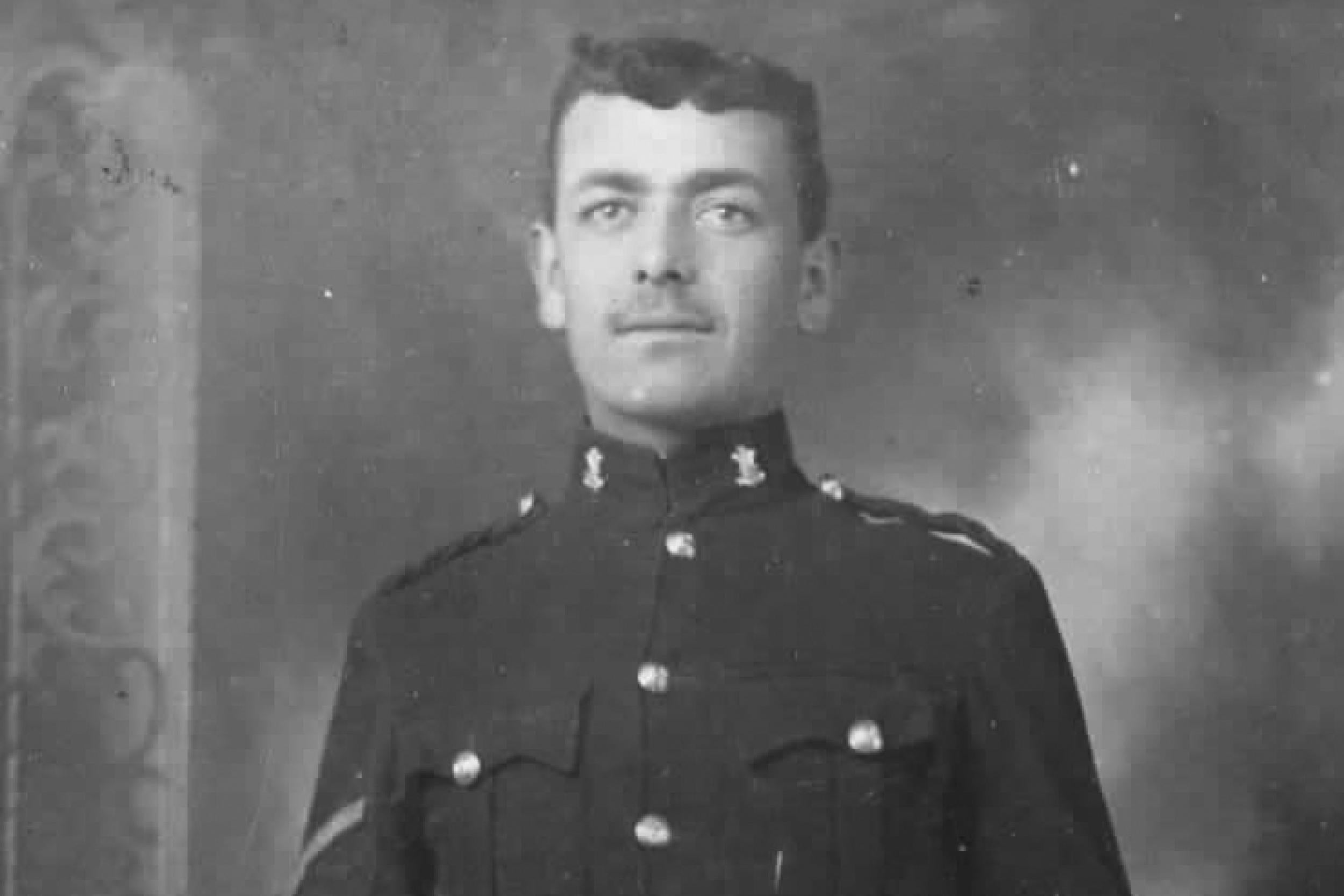
Your support helps us to tell the story
This election is still a dead heat, according to most polls. In a fight with such wafer-thin margins, we need reporters on the ground talking to the people Trump and Harris are courting. Your support allows us to keep sending journalists to the story.
The Independent is trusted by 27 million Americans from across the entire political spectrum every month. Unlike many other quality news outlets, we choose not to lock you out of our reporting and analysis with paywalls. But quality journalism must still be paid for.
Help us keep bring these critical stories to light. Your support makes all the difference.
At the end of his life, Private Harry Farr did something extraordinary. Facing fellow British soldiers who made up a firing squad of 12 men, he refused a blindfold that was offered to him by the officer in charge of his execution.
Indeed, Rudyard Kipling’s couplet “The Coward” from his Epithets of War could have been written about Harry in all but one aspect:
I could not look upon Death, which being known,
Men led me to him, blindfold and alone.

Farr’s final act of courage was in contrast to the military crime he had been sentenced to death for – cowardice.
The case against the West Yorkshire Regiment soldier appeared clear-cut at first glance.
On 17 September 1916 during the height of the Battle of the Somme, Harry reported sick, citing a nervous condition.
It was not the first time the young man from west London had sought medical help for non-physical injuries – in 1915 a few weeks after the colossal loss of life at the Battle of Neuve Chapelle, he spent more than five months in hospital.
Records show he was suffering from shell shock, already by this early stage of the war a recognised medical condition, one that we might now refer to as post-traumatic stress disorder.
Farr suffered from a similar nervous collapse earlier in 1916, though this time he spent just two weeks away from his battalion.
These episodes should have been a red flag to the officers who sat in judgement at his trial by court martial and could have been used in mitigation, yet they weren’t. Harry was not represented at his trial.
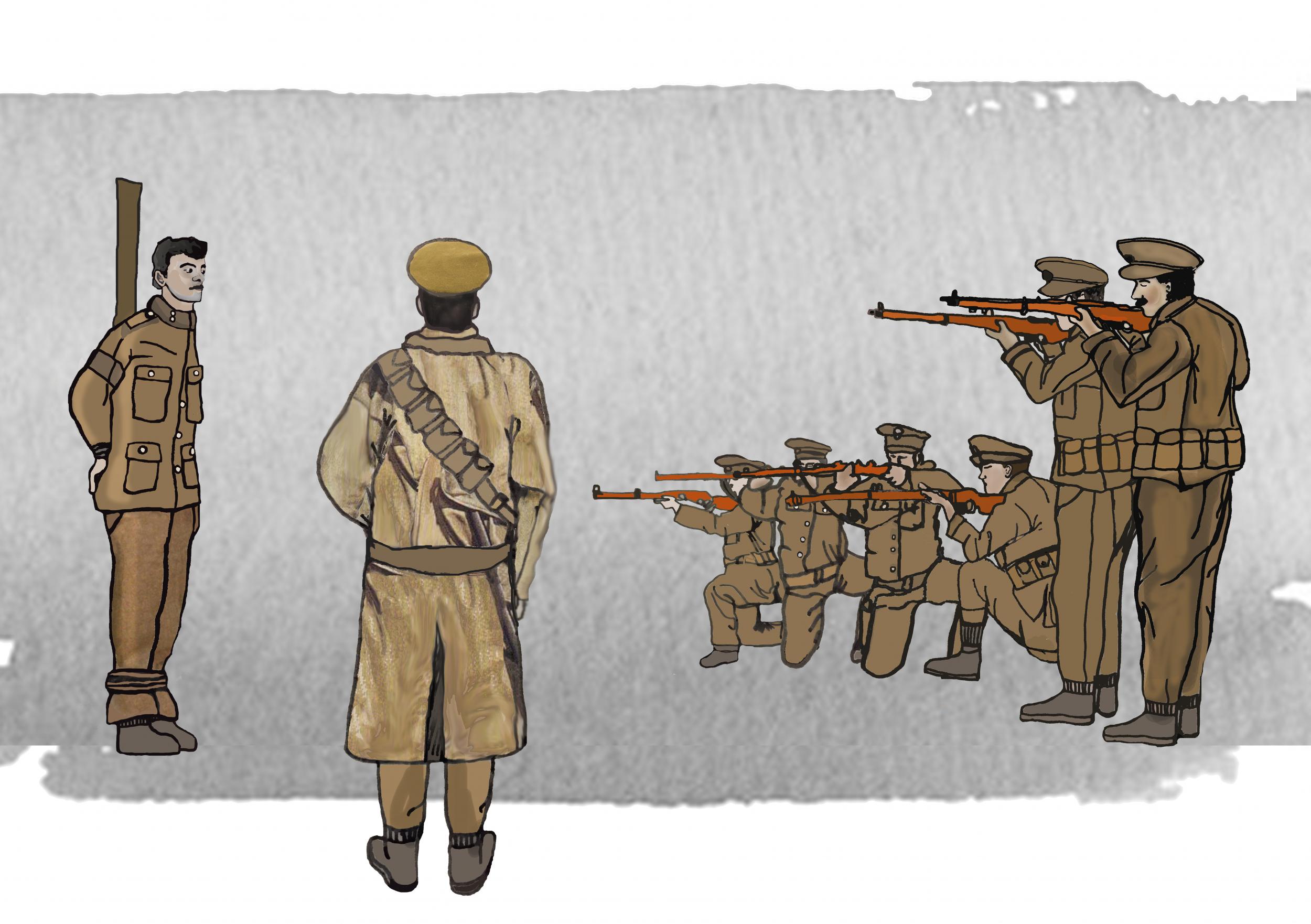
After falling out sick once again, he was refused treatment by Royal Army Medical Corps soldiers who manned a nearby dressing station on the grounds that he had no physical injury.
What happened next has led contemporary experts to believe he was indeed suffering from battle-induced trauma.
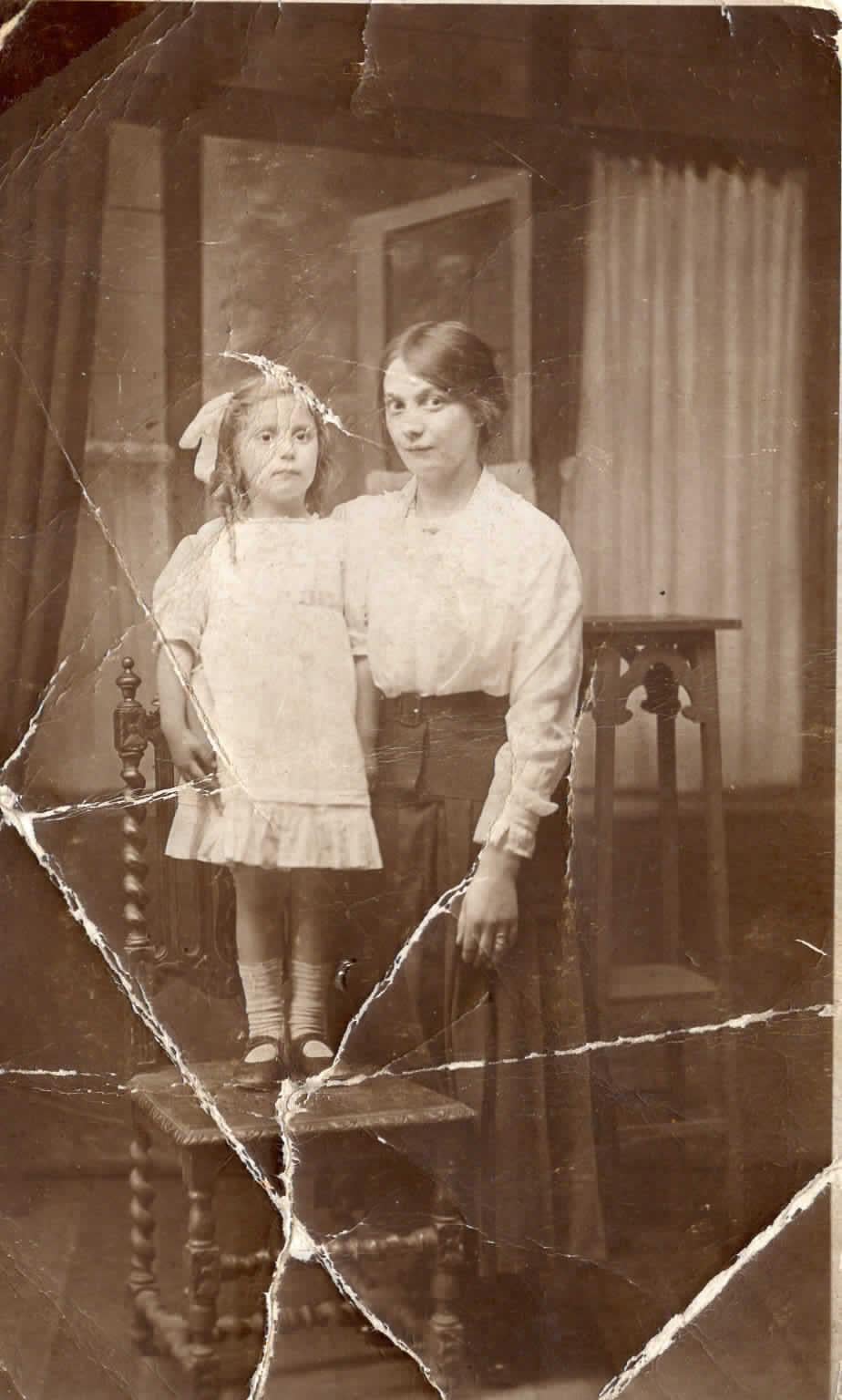
After being discovered warming himself by a brazier when he should have rejoined his battalion at the front, Harry was ordered to return.
He refused, stating simply: “I cannot stand it.”
The sergeant-major who made the order then exploded with anger, saying: “You are a fucking coward and you will go to the trenches.
“I give f*** all for my life and I give f*** all for yours and I’ll get you f***ing well shot.”
After he was again ordered to return, this time under escort, a struggle ensued, leaving Farr disorientated and unable to understand what was happening to him.
He was arrested, charged with “misbehaving before the enemy in such a manner as to show cowardice” and after being found guilty, had his death sentence confirmed by Field Marshal Earl Haig, the British Army’s commander-in-chief.
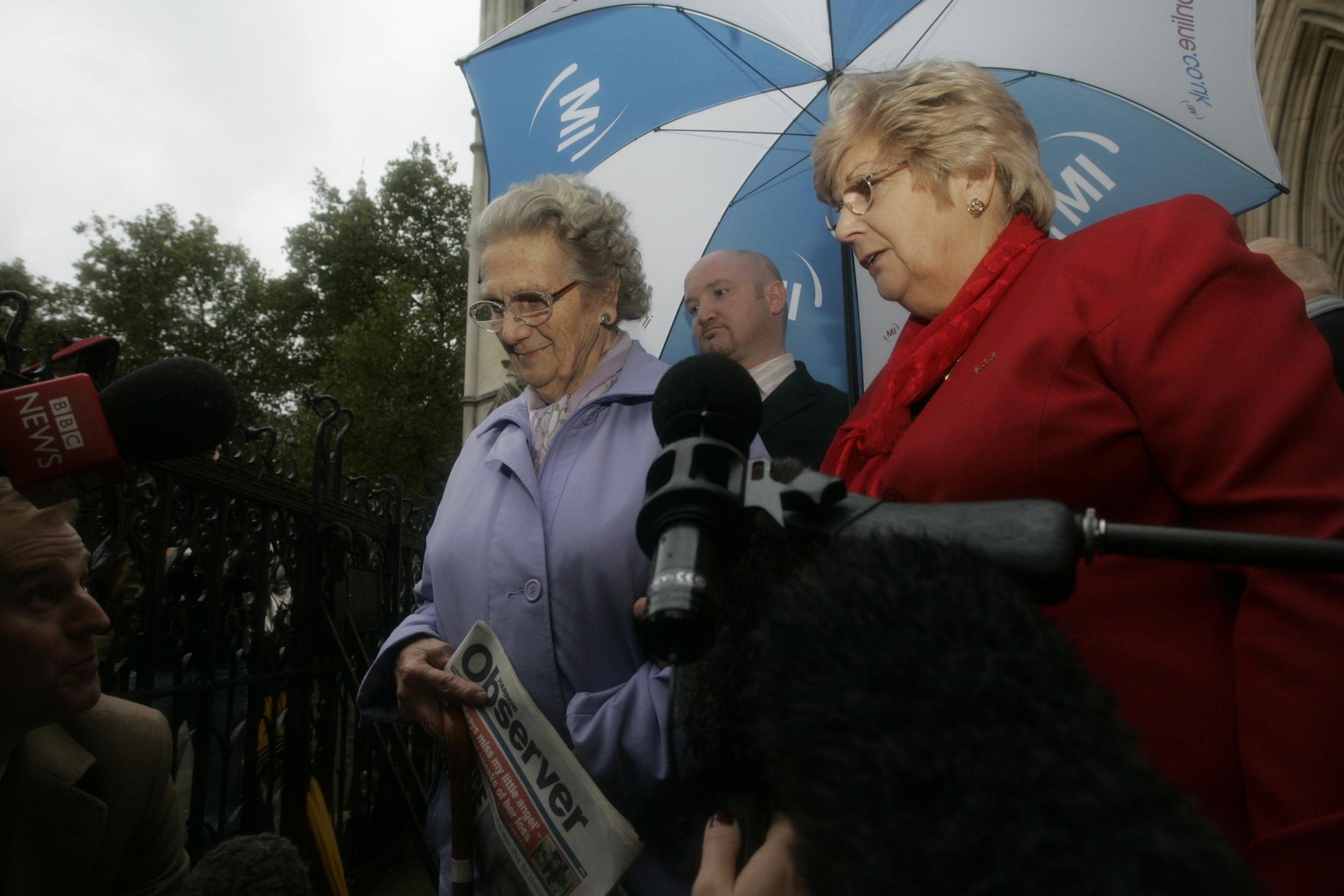
Records were later to show that of the more than 3,000 cases where a man was sentenced death for military offences, less than 10 per cent were actually executed.
Haig’s decision not to spare Harry was to have huge implications for his own legacy and led to one of the most remarkable and ultimately successful campaigns for justice of recent times.
Harry Farr had reached the limit of his endurance and could go no further.
Despite his record of service, his repeated treatment for a recognised illness and claims that no other shell-shocked soldier was being executed, he was tied against a post and shot to death in what would become one of the most infamous British punishments of the war.
***
Janet Booth was 43 when she discovered a family secret that was perceived to be so shameful, it was kept by her mother and grandmother for almost 70 years.
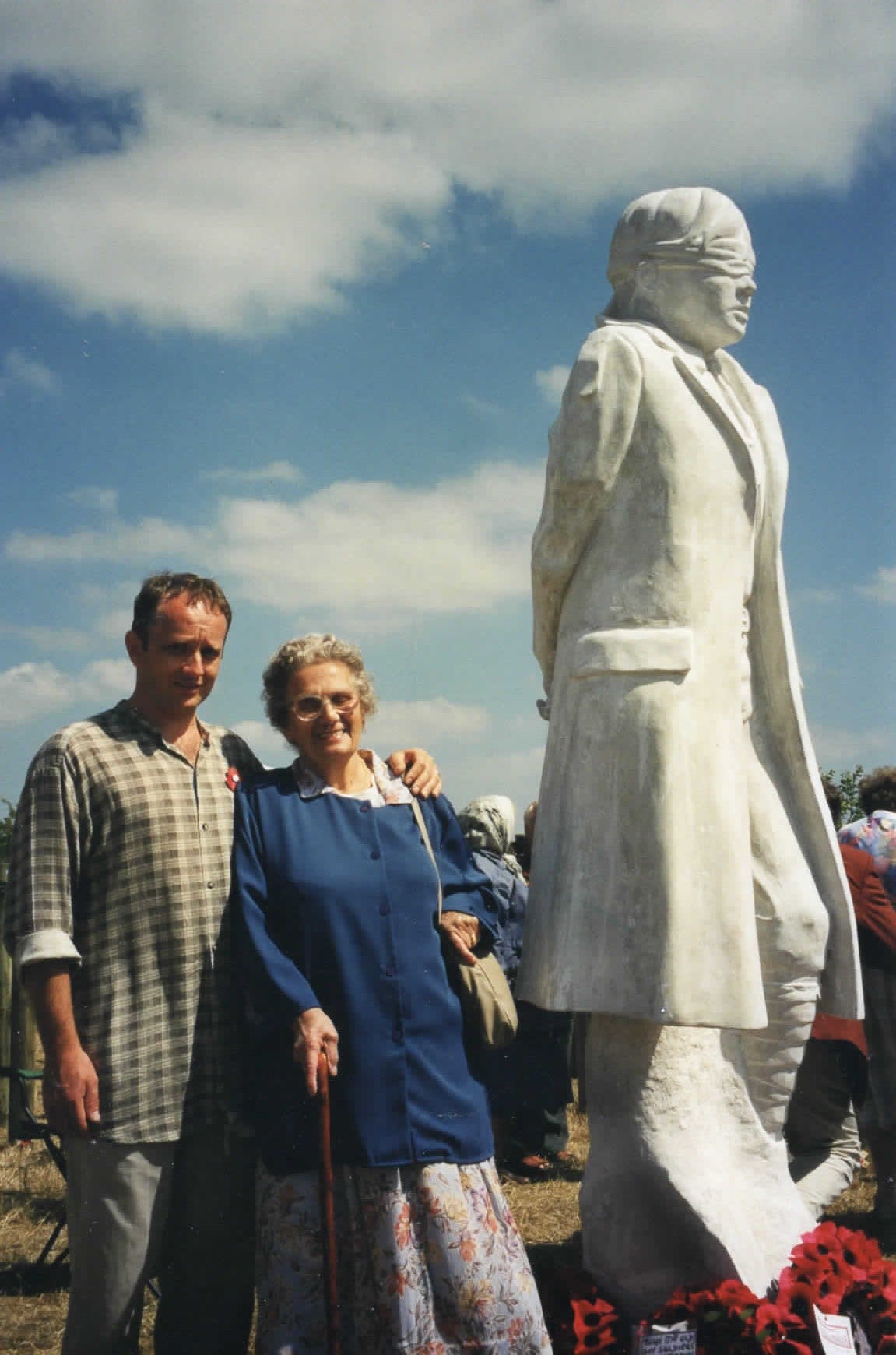
Gertrude Batstone was just 16 when she married Harry Farr, and was pregnant with their only child, little Gertie.
The new parents had both been raised in degrees of poverty but were slowly improving their situation, with Farr working as a scaffolder on building sites across London.
But they were to be separated forever by the outbreak of the First World War, because Farr, a former regular soldier, was immediately called up to join his old regiment.
Gertie was just two when her father left for France in November 1914. Other than some time in hospital, he spent the next two years in and out of the front line as an infantry soldier.
A separation allowance kept the mother and daughter in their rented accommodation and fed, but allowed for little else.
In October 1916 Gertrude’s worst fears were realised when she received a telegram informing her of Harry’s death.
But her heartbreak turned to horror and then to shame when she read its wording – that Harry had been executed for cowardice.
Amid an ongoing surge of fervent militarism despite the losses on the Somme and with some women handing out white feathers to men they deemed to be shirking their duty, cowardice was the dirtiest of words.
Gertrude vowed to keep Harry’s death a secret and with a few exceptions through necessity, she did.
The sense of family shame – felt keenly by Harry’s father who would never speak his son’s name again, was also borne by Gertie, who did not learn of her father’s fate until she was in her forties.
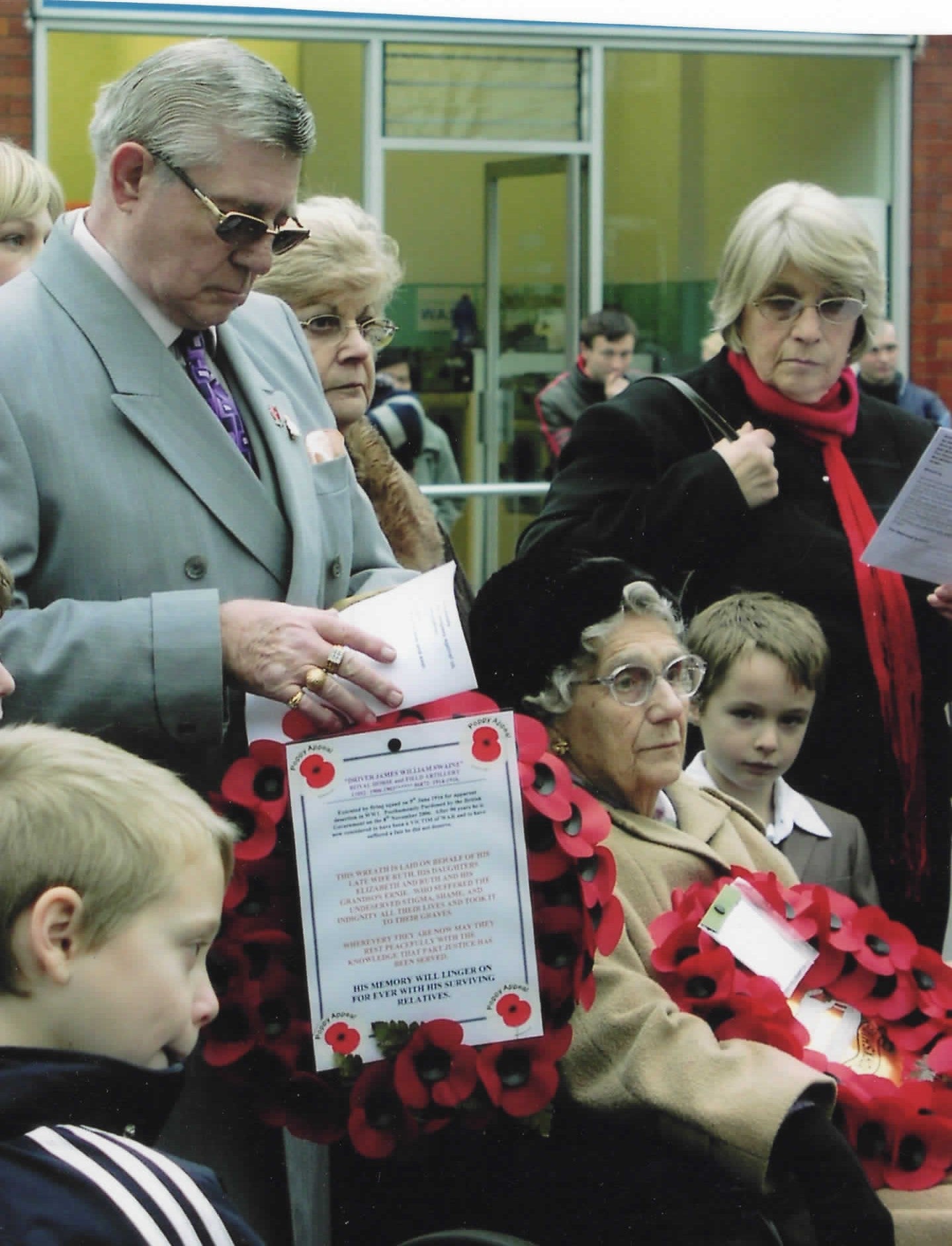
Once again, the shameful secret was buried and it was not until 1985 when Janet visited the now elderly Gertrude with her mother Gertie that the circumstances of Harry’s death emerged.
Keen to visit France where she knew her grandfather had been killed during the First World War, Janet asked her grandmother for more details so she could locate his grave.
It was then that Gertrude made her astonishing admission which Janet found both shocking and fascinating.
For Gertrude it proved a moment of catharsis and once she began talking about her first love, she couldn’t stop. It was as if a floodgate had opened, and all the hidden memories were revealed.
For Janet it marked the start of an astonishing 21-year journey that would see her learn of the injustice of her grandfather’s case and campaign for his pardon.
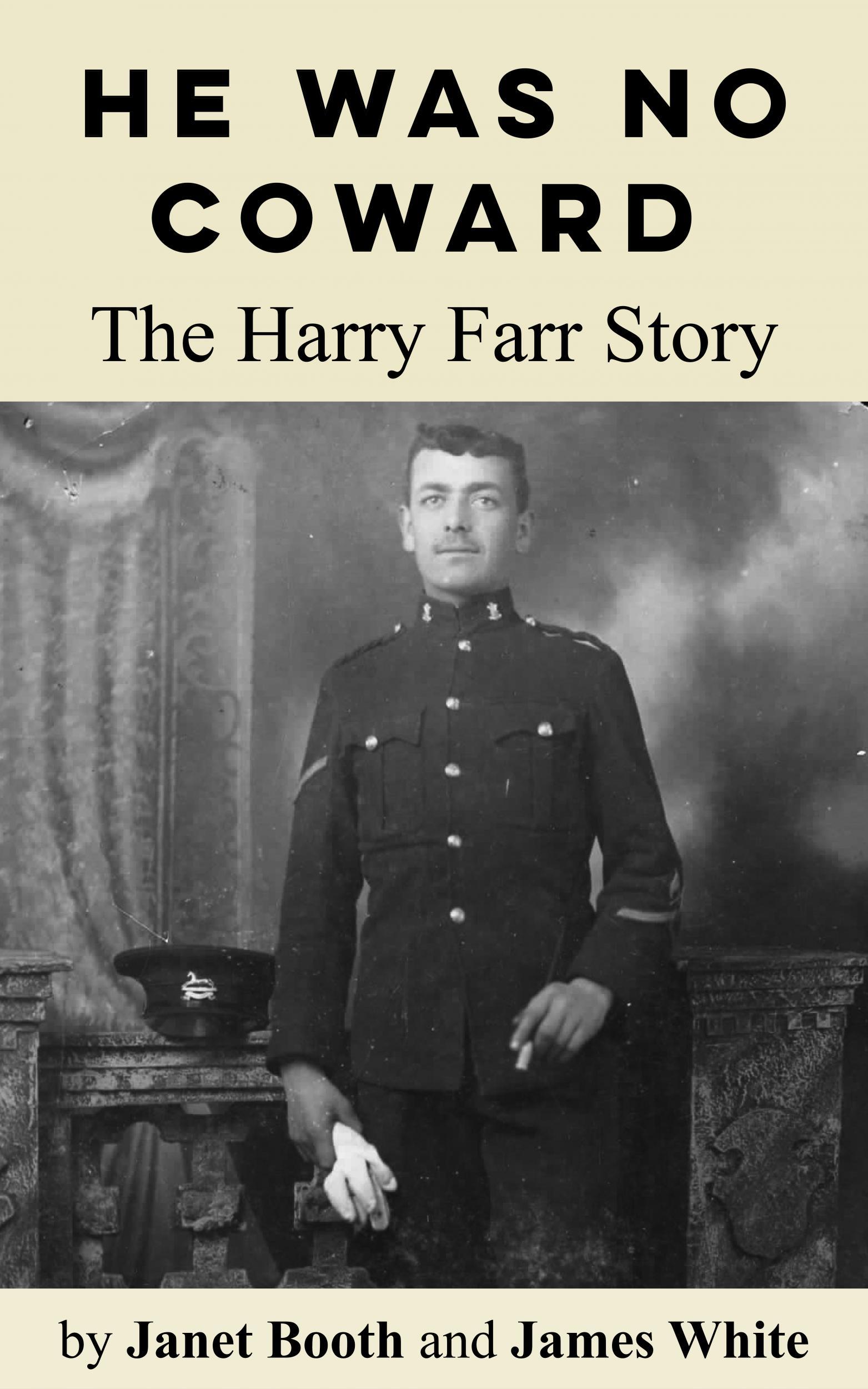
It took her to the heart of government, to the High Court and would see her become a nationally recognised figure in a truly grassroots campaign to pardon 306 British soldiers who were executed for offences such as cowardice, desertion and casting away of arms.
But most of all it would bring her closer to Harry, the grandfather she never knew whose name had been tarnished during some of the darkest periods of a terrible conflict.
To learn more about the life, death and pardoning of Harry Farr, visit harryfarr.com
‘He Was No Coward – The Harry Farr Story’ is on sale now https://tinyurl.com/y7jx5whv
Subscribe to Independent Premium to bookmark this article
Want to bookmark your favourite articles and stories to read or reference later? Start your Independent Premium subscription today.
Join our commenting forum
Join thought-provoking conversations, follow other Independent readers and see their replies
Comments